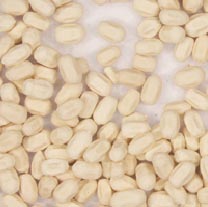Integrated Pest Management (IPM) aims to reduce and balance exposure to pests and pesticides and is a process that extends beyond the application of pesticides to include reduction of food, water, shelter, and in-building access used by pests. In an IPM program, pest populations are prevented; pesticides are used only when needed; the least hazardous pesticide that effectively manages the targeted pests is selected; and pesticides are directed to areas not accessible to children, staff, parents or other building occupants.
Children are physiologically more vulnerable to pesticides. Children can spend long hours at school, seven or more hours a day, and up to 12 hours a day at a childcare center, and therefore have an increased risk of pesticide exposure if pesticides have been applied in a manner incompatible with integrated pest management (IPM).
What is IPM?
Integrated Pest Management (IPM) is a process for achieving long-term, environmentally sound, pest suppression by using a variety of technologies and management practices.
- Preventing pest populations using such non-checmical methods as sanitation and exclusion practices.
- Applying pesticides only as needed to correct verified problems.
- Selecting the least hazardous methods and materials effective for control of targeted pests.
- Precision targeting of pesticides to areas not contacted by or accessible to the children and staff..
This site will serve as an information resource to help you choose the most effective methods of integrating IPM into your institution. Let’s get started.
IPM Newsletter

IPM Newsletter – March 2024
In this Newsletter